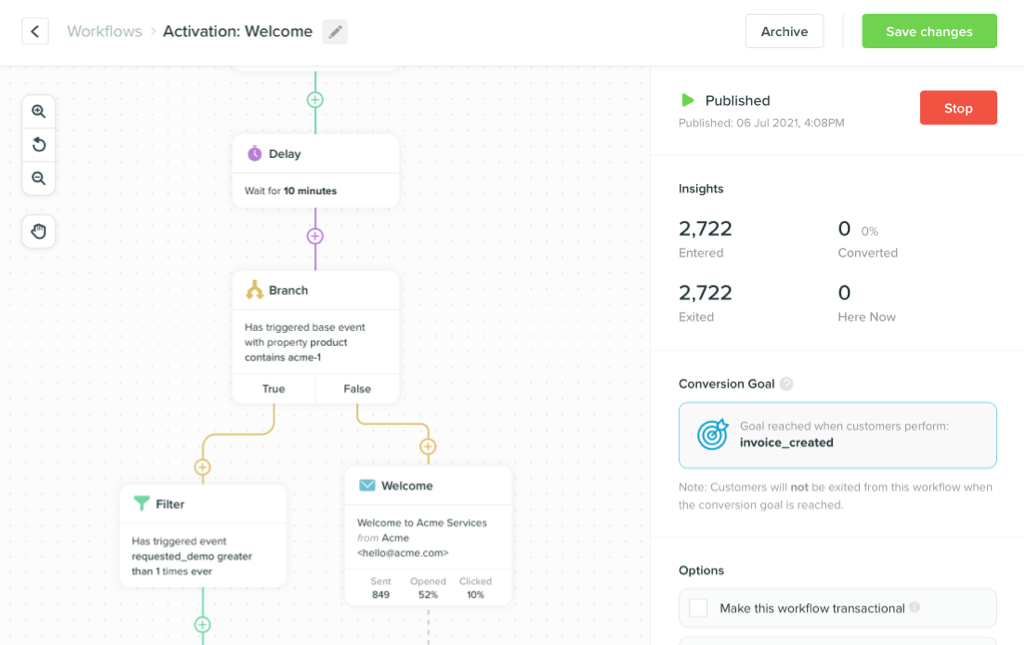5 Core Strategies To Increase Customer Retention
-
UncategorizedUpdatedPosted:
On this page
Ninety-four percent of people admit that a positive customer experience will make them more likely to stick with a company or purchase again.
But not everything contributes equally to helping you increase your customer retention rate. A lot of common customer retention tips can only be applied to certain industries or audiences.
To help you know just what’s highly likely to work, we’ll take you through five tried-and-tested strategies your business should consider implementing at some point.
Sell a product that customers won’t want to leave
This is something few marketers will tell you: There’s more value in first building a good product than in any other retention tactics.
Just think of the products you love using daily. Are you using them because you love the product or thanks to all the messages their marketing team sent you?
Customer retention is fundamentally a product problem. Marketing is there only to support it.
If customers aren’t coming back after the first purchase, they might just be missing something in the product experience. The product may be too difficult to use or doesn’t solve their main problems well enough.
So the first step to really understanding your customers, what they value most, and what frustrates them is to talk to them. Send customers (including past customers) a quick survey and focus on these four core dimensions:
- Performance and Reliability: How does the tool perform compared to its competitors? Is the product dependable in terms of loading speed or data storage? Have customer support or other services provided been helpful?
- Ease of use: Was the product easy to get used to? Does the user experience any issues that hinder their activity?
- Features: Are there any essential features missing? Do the existing features work as expected?
- Looks: Is the look and feel of the product modern? Do users feel good when they use the product?
Once you understand just what’s behind a customer’s decision to leave or stick with your product, you can start improving your offering to make it stickier.
Note that product changes don’t have to be big to make an impact. In fact, some of the most successful companies thrive by making product changes strictly based on customer feedback. To do this, you can set up a feedback suggestion form or app to allow customers to upvote (or downvote) features or experiences they’d like to see.
For instance, the CodeSandbox team gets their users involved by listing feature requests under GitHub Issues:
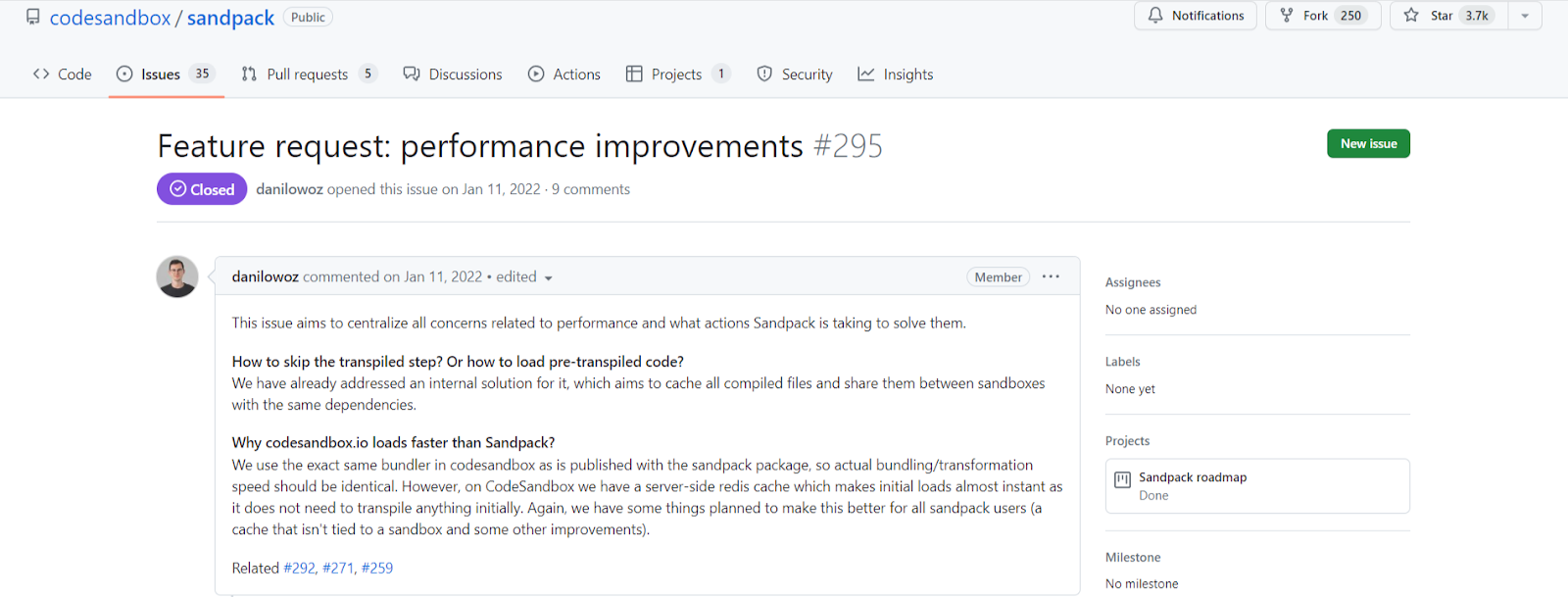
Communicating and talking about what you’re doing
There are many things that happen when customers don’t hear from you, including:
- They won’t know about new features you’re launching.
- They can’t take advantage of special offers you have for them.
- They can even start to wonder if you’ve forgotten about them or, worse, something’s wrong and you’re no longer around.
Communicating often shows that you value them as customers and care about their experience with your product. It helps build trust that you’re there to support them if any issues arise.
Even when you’re not getting feedback from them, talking about what’s new, what’s changing, and what’s coming up with your product lets customers know you’re actively working to improve the product. Naturally, they’ll trust that their needs will continue to be met and will stay excited about whatever updates you have for them.
But there’s a fine line between staying quiet and sending too much.
We have a quick three-step framework you can use to prevent any of these extremes.
1. You’ll want a newsletter
Email is not dead and there are now more businesses than ever that rely on their newsletter for community building and even revenue generation. So whatever your goal is, there’s a type of newsletter that will work for you.
For instance, if you’re trying to position your brand as a leader in the field, you can focus on sharing unique research in every edition. Similarly, if you’re going to do product releases, talk about it. In an independent announcement or through a newsletter.
Note: See how the Plann marketing team bumped their newsletter open rates to over 25% through segmentation and continuous testing.
2. Prioritize multi-channel messaging without the messaging overload
To get the message in front of everyone, you’ll want to share the news on different channels. But you’ll also have to adapt your message to every single channel and how they’re generally used.
You can get your messages across multiple channels by building
automated workflows based on customer activity. Here’s an example
of an automated sequence that reaches customers via email and
push:
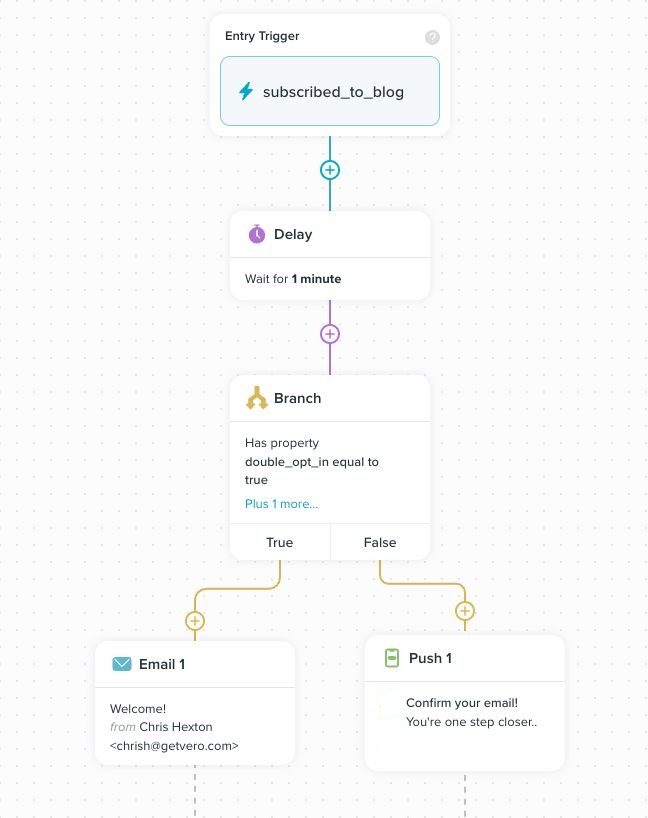
Don’t forget to diversify your emails as well by sending dedicated
emails for company news:

Webinar announcements:
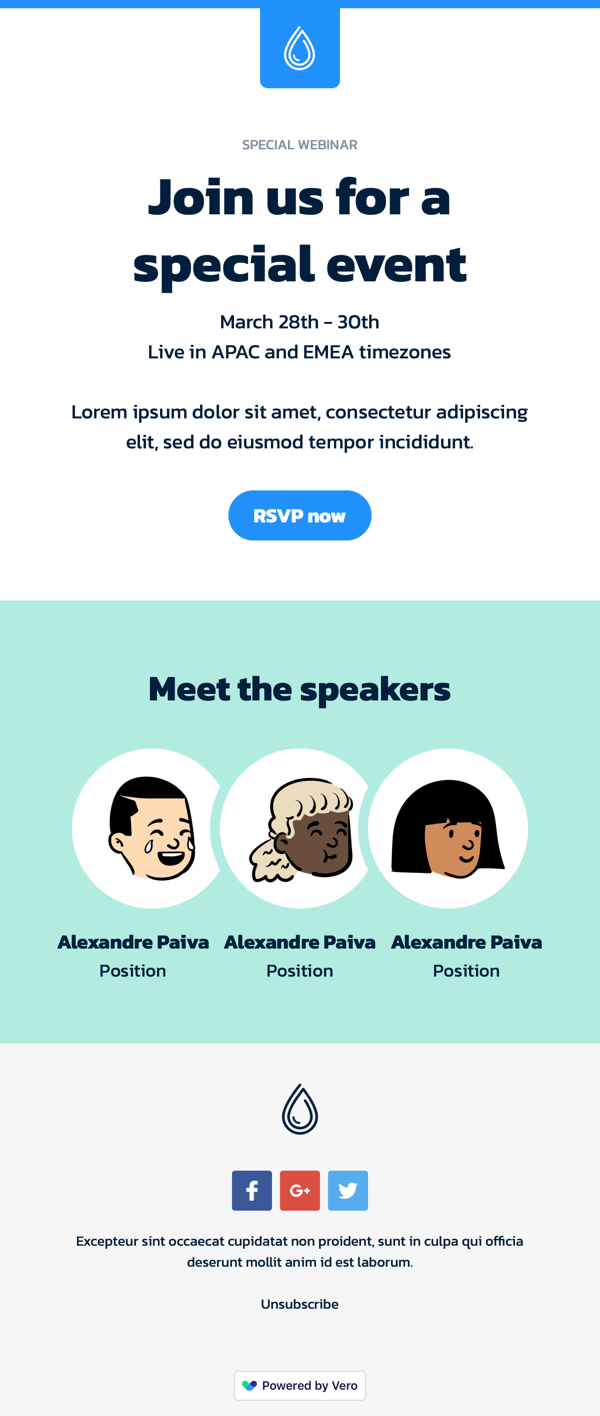
Or product recommendations:
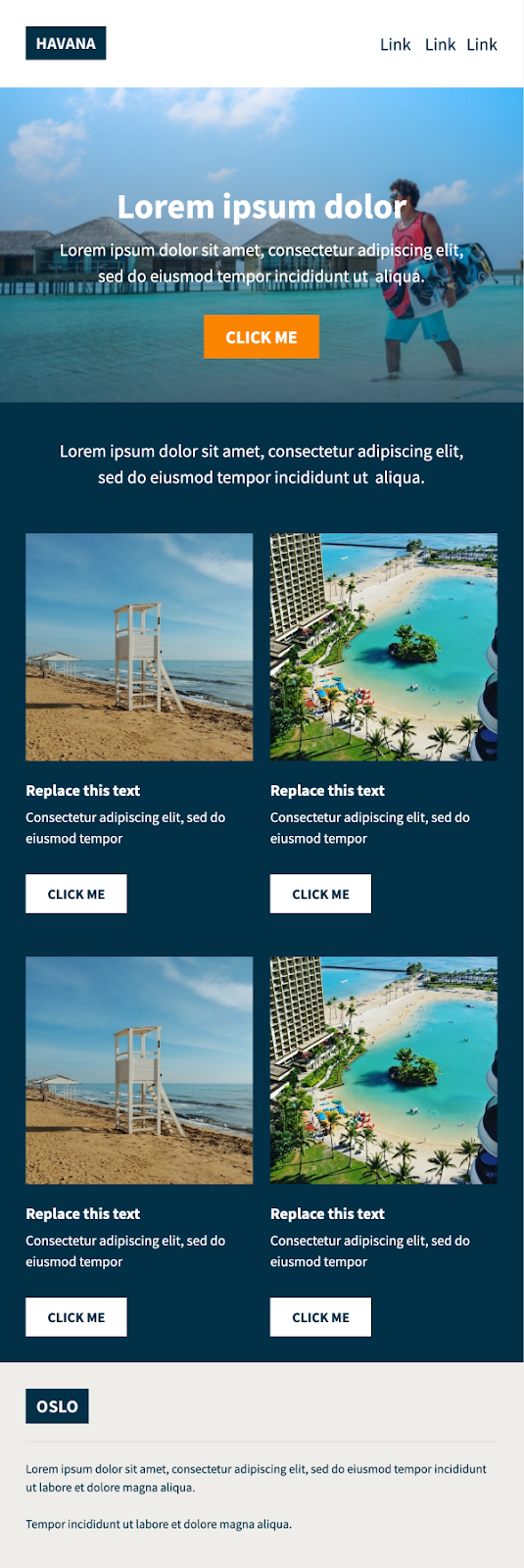
Target user inactivity
One of the most efficient strategies for retaining customers is to target user inactivity as soon as it happens. Turn to Vero to track customer activity on both your site and product:
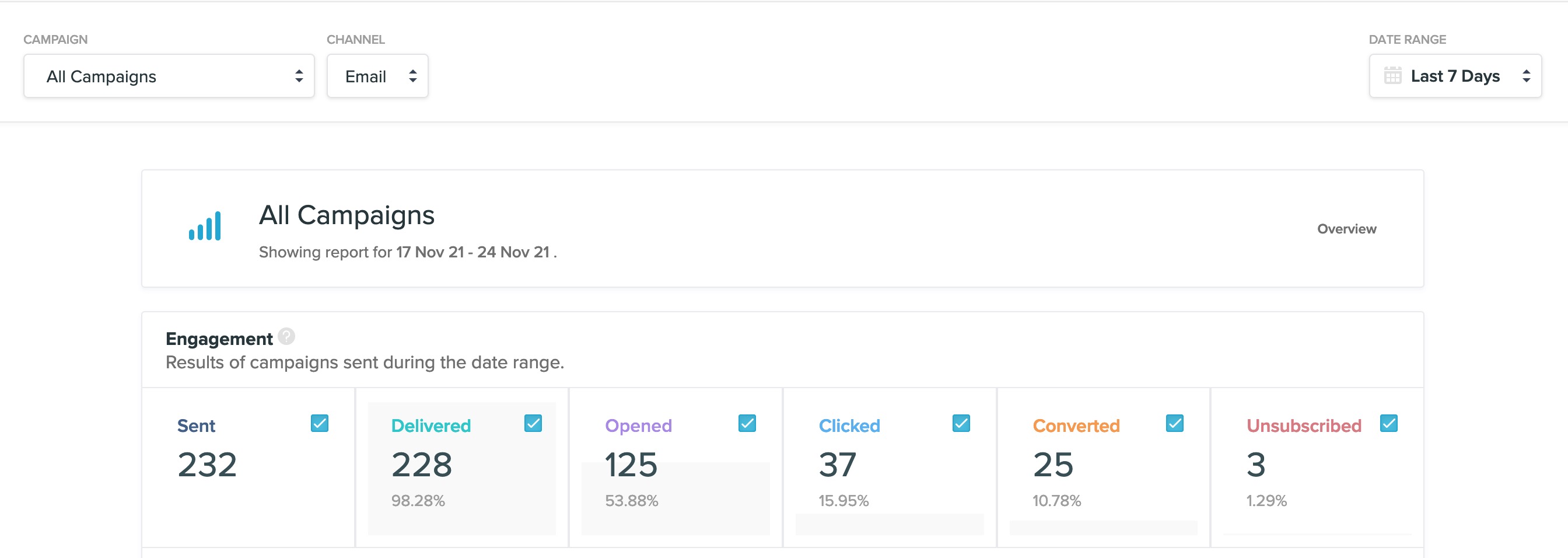
You can target inactivity by sending
behavioral
emails. Like the classic Airbnb emails you get after you’ve
checked out a location:
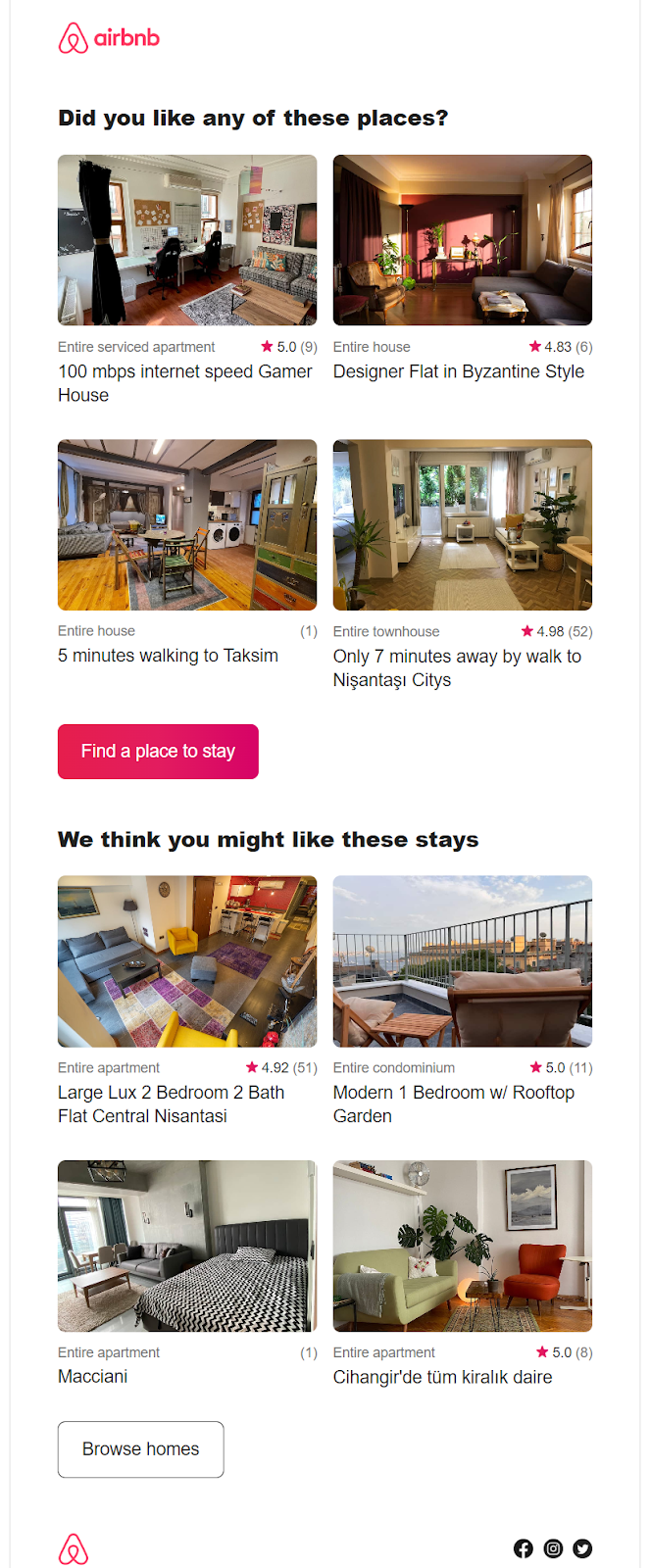
Consider mobile push notifications like the incentives Uber shares
to bring back users who haven’t used their service in a while:
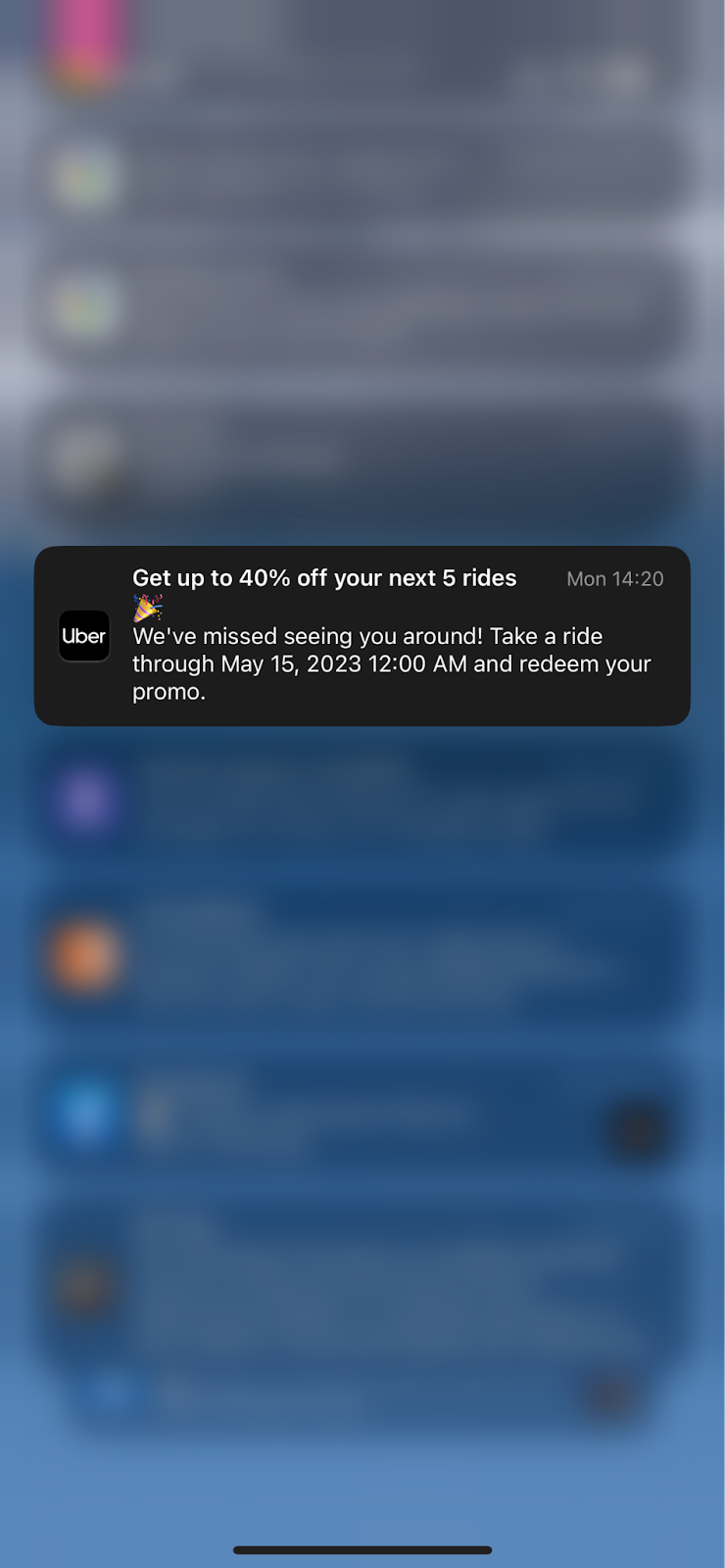
Tip: To prevent user inactivity, it’s important to build habits early on. These will keep users engaged and can even help you get your product in front of a larger audience. You can do this by getting people to complete repeat actions like answering a question daily or sharing their results with a community.
Reward loyalty
Rewarding your loyal customers can increase customer retention as they’ll be reminded you care about them, plus they might just get to use your product in new ways. You should also consider going beyond classic rewards like discounts, free products, or upgrades, and offer exclusive perks only they can access. These can include early access to new products, special discounts, VIP events, or extra customer service.
Got a lower budget? Just thank them personally. Send them a handwritten thank you note, personalized email, or even call your best customers for a personal touch.
There are various ways to send these rewards. Sometimes it can be as simple as sending them an email with the special offer or freebies you have for them:
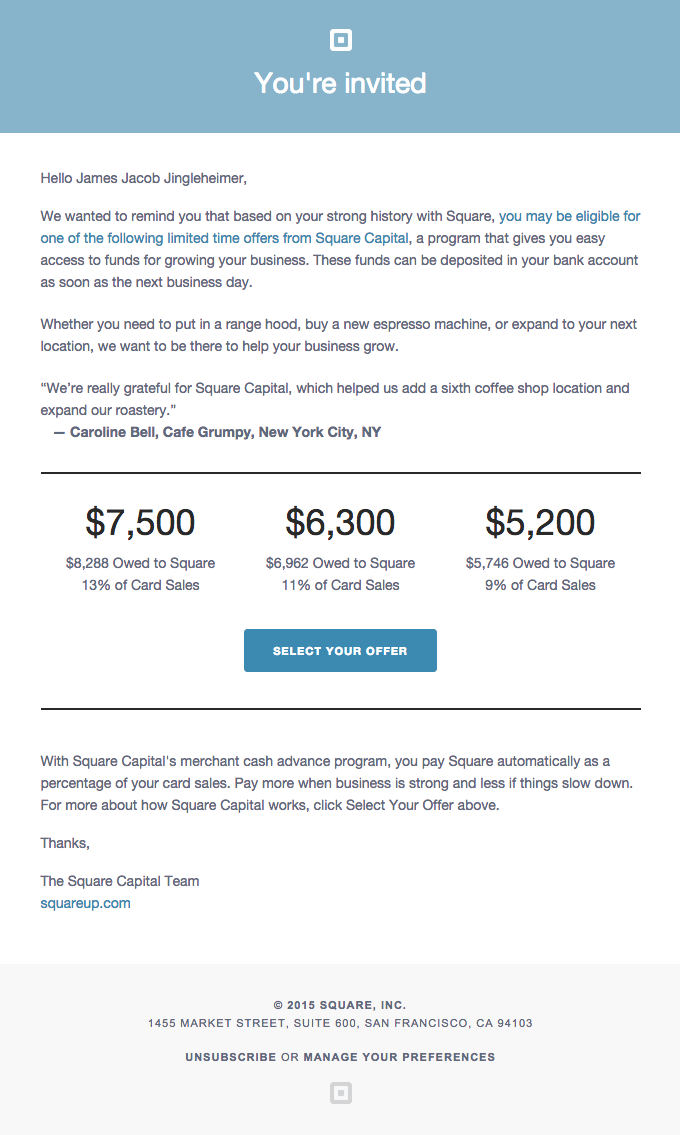
Another option is to create an automated workflow that will automatically send the perks to customers that meet the criteria you’ve established:

Tip: Don’t forget you can set up an affiliate or referral program strictly for your customers as well. This ensures your promoters will be actual users, thus increasing the trust people have in your brand and making for a more exclusive rewards program. One of the most popular current referral types involves prompting users to invite their friends to join your app in exchange for a small monetary reward. Both Monzo and Sticker Mule opted for this type of reward for their referral programs.
Keep things personal!
Before you personalize every single message that gets out there, start by segmenting your customers to see exactly what type of messaging, offers, and other incentives will work for them.
On the one hand, you’ll want to figure out who your most loyal and profitable customers are [Note: This is a must if you want to build a rewards program as we’ve mentioned above.] Secondly, properly handling customer insights and segmentation can provide a better look at their pain points, goals, and jobs to be done they have.
Tip: You don’t have to manually update these segments every time you want to send an email. Use Vero to refresh your segments with real-time data from your own database to ensure you’re sending your messages at the most appropriate time. In practice, the Dribble team relies on Vero and SQL to create rich segments built on real-time data, eliminating syncing and stale data from the process.
Now for the fun part: It’s time to customize your communications.
Instead of generic mass emails, send personalized emails or push notifications that go beyond simply mentioning the customer’s name. All brands rely on the simple “name hack” already. Customize the content you share to their specific preferences and pains and refer to previous interactions they’ve had with your product or your team. The latter in particular shows them you remember who they are.
Get personal during customer service interactions too. Refer to previous conversations, orders, or product recommendations you’ve made. Thank them by name and keep an eye on future errors they might get. This will show them you care about building a real relationship, not just making a sale.
Where to start with increasing customer retention
This might seem like a lot if you’re just laying the foundation for your first customer retention plan, but there’s a lot of logic to prioritizing the strategies above.
Simply put, just start with your biggest priorities.
For instance, if you’ve got a lot of inactive users, set up a step-by-step process for targeting inactivity.
Or, if your main concern besides retaining customers is bringing new ones on board, consider a referrals program. This will help you both incentivize current customers and get in front of new people via people they trust.
Keep in mind some of these customer retention strategies can be implemented at earlier stages. A referral program will require a larger customer base before you can see the results. On the other hand, you can build a product people will love and communicate with customers frequently from day one, so those customer retention strategies work well even if you’re launching a new product.
Want to send more personalized mobile and email messages to your users?
Learn moreCustomer story

How Vero helps Dribbble take full advantage of their customer data to improve personalization

